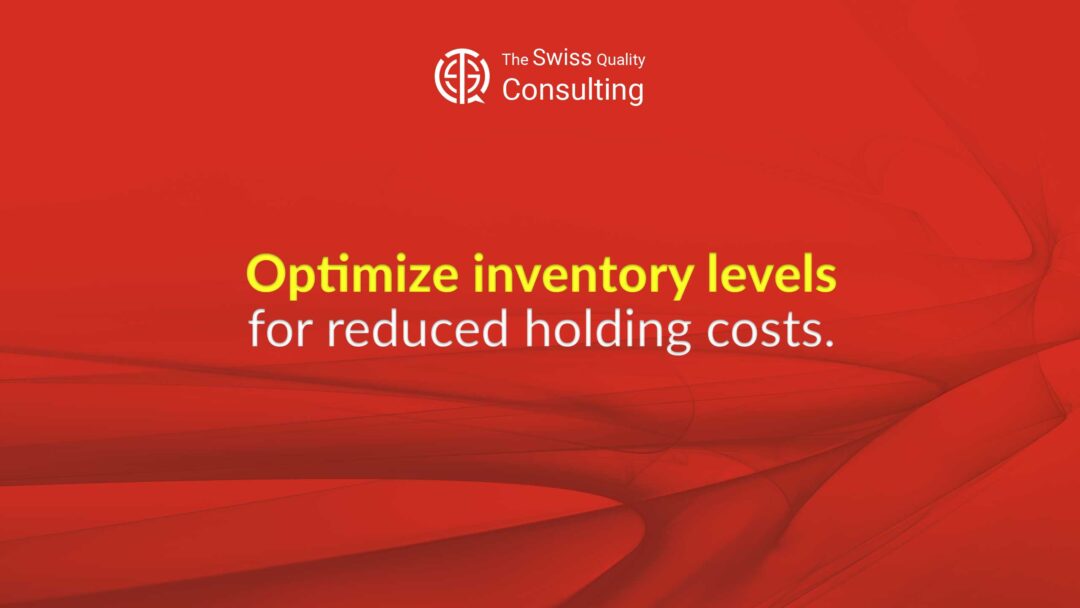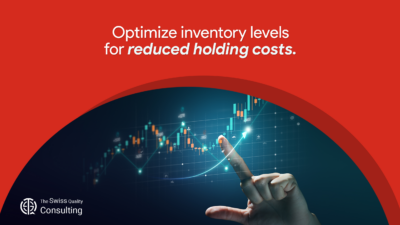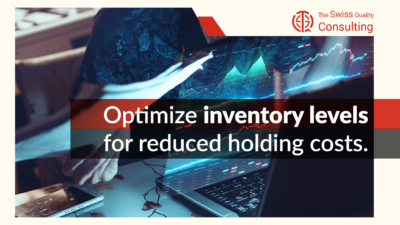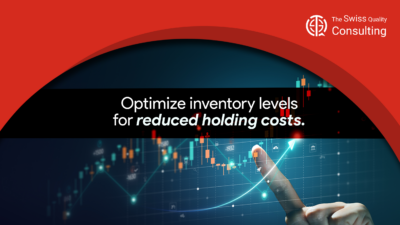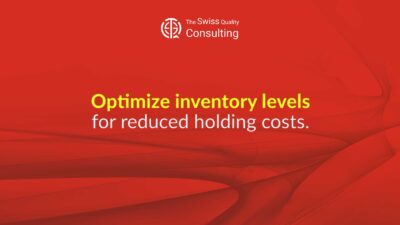Strategies for Cost-Effective Inventory Management through Inventory Optimization
The cornerstone of establishing a lean and cost-effective inventory system is rooted in Inventory Optimization. This crucial undertaking not only curtails holding costs but also propels overall business efficiency to new heights—a goal that is unanimously shared among business executives, mid-level managers, and entrepreneurs. Mastery of Inventory Optimization is essential for maintaining the delicate balance of inventory levels, ensuring that the business operates smoothly without the burden of excess stock or the risk of stockouts.
Delving Deeper into the Financial Impact of Inventory Optimization
The economic implications of inventory management are profound and multifaceted. Excess inventory carries with it not just the obvious expenses of storage and maintenance, but also the subtler, yet significant costs of capital opportunity loss. The money tied up in surplus stock represents a missed opportunity for investment in other areas that could potentially yield higher returns, such as research and development, market expansion, or capital infrastructure. Hence, inventory optimization emerges as a strategic fulcrum that can tilt a business towards either flourishing financial health or unnecessary expenditure.
Strategic planning plays a pivotal role in achieving optimal inventory levels. This process involves a thorough analysis of sales data, demand forecasting, and market trends to ensure that inventory levels are responsive to actual sales velocity rather than speculative stocking. The goal is to operate with a just-in-time inventory that meets customer needs without overburdening the company’s resources.
Furthermore, robust inventory management systems are indispensable tools in this endeavor. Modern systems offer sophisticated algorithms and real-time data analytics, allowing businesses to automate and fine-tune their inventory control processes. These systems can alert managers to critical stock levels, automate reordering processes based on predictive analytics, and provide valuable insights into inventory turnover ratios, all of which are crucial for maintaining a lean inventory and avoiding the pitfalls of overstocking or stockouts.
Ultimately, the goal of inventory optimization is to create a harmonious balance where inventory levels are synchronized with demand cycles. This balance ensures that capital is not unnecessarily tied up in stock but is instead free to flow into other ventures that can bolster the business’s competitive edge and market position. It’s a delicate equilibrium that, when achieved, can lead to increased operational efficiencies, improved customer satisfaction due to better product availability, and overall enhanced business agility.
Leveraging Technology for Inventory Management
Generative Artificial Intelligence (AI) and advanced analytics are at the forefront of transforming inventory management. By harnessing these technologies, companies can predict demand more accurately, automate reordering processes, and identify opportunities for cost savings. Executive coaching services can help leaders understand and implement these technologies effectively, equipping them with the necessary skills to oversee sophisticated inventory systems.
Effective Communication: A Pillar for Change in Inventory Management
Implementing a new inventory management system or optimizing existing processes requires clear and effective communication across all departments. Change management principles must be applied to ensure that the transition is smooth and that all team members are on board with new procedures. It is through this effective communication that the nuances of inventory levels and holding costs can be understood and managed across the organization.
Project Management: Executing Inventory Optimization Initiatives
Project management best practices are integral to executing inventory optimization initiatives successfully. These practices involve setting clear objectives, establishing timelines, allocating resources efficiently, and monitoring progress closely. By applying these principles, businesses can ensure that their efforts to reduce holding costs are systematic, measurable, and aligned with broader business goals.
In conclusion, optimizing inventory levels is a strategic imperative that can lead to significant cost savings and operational efficiencies. By leveraging technology, applying effective change management, and utilizing project management skills, businesses can maintain optimal inventory levels and reduce holding costs, thereby enhancing profitability and success.
#InventoryManagement #CostReduction #BusinessEfficiency #HoldingCosts #InventoryOptimization

